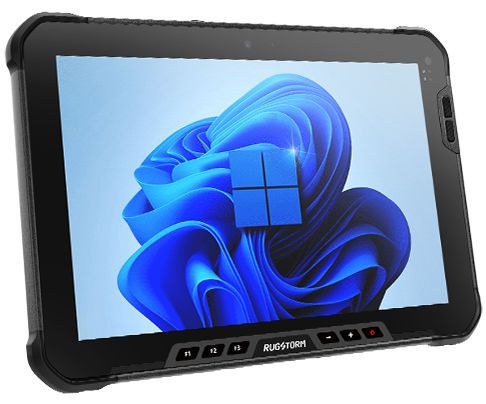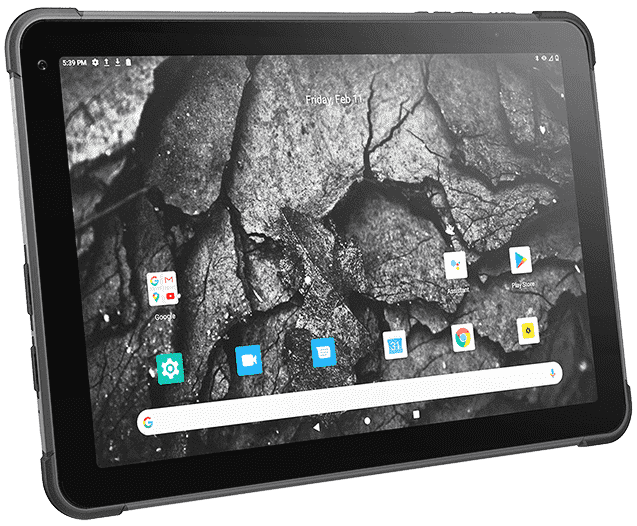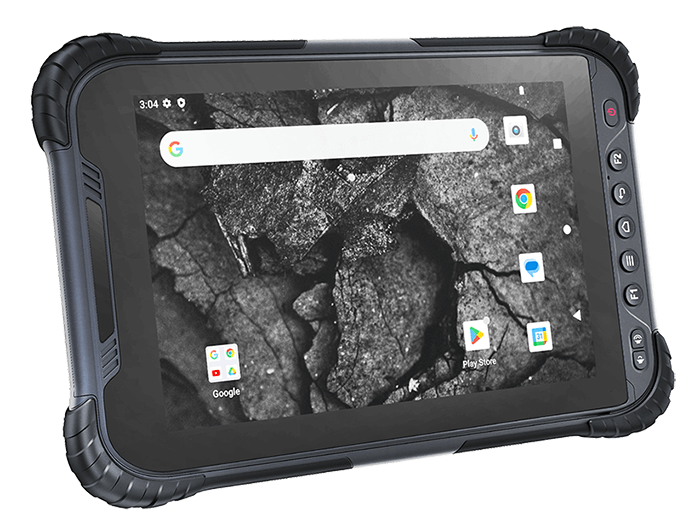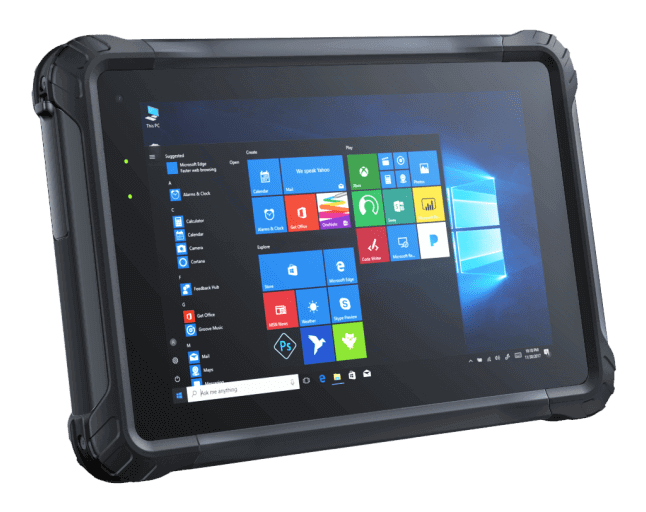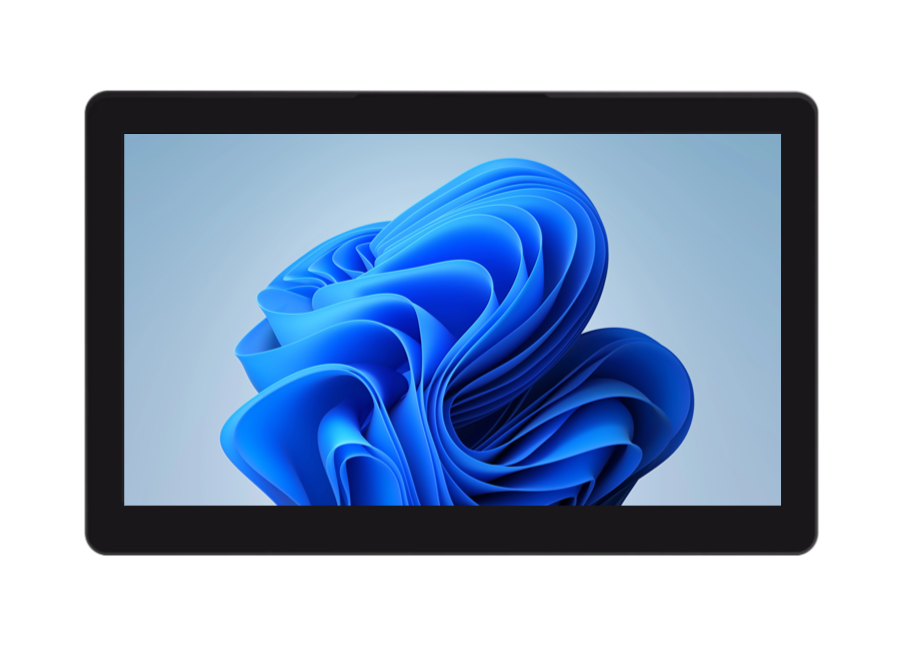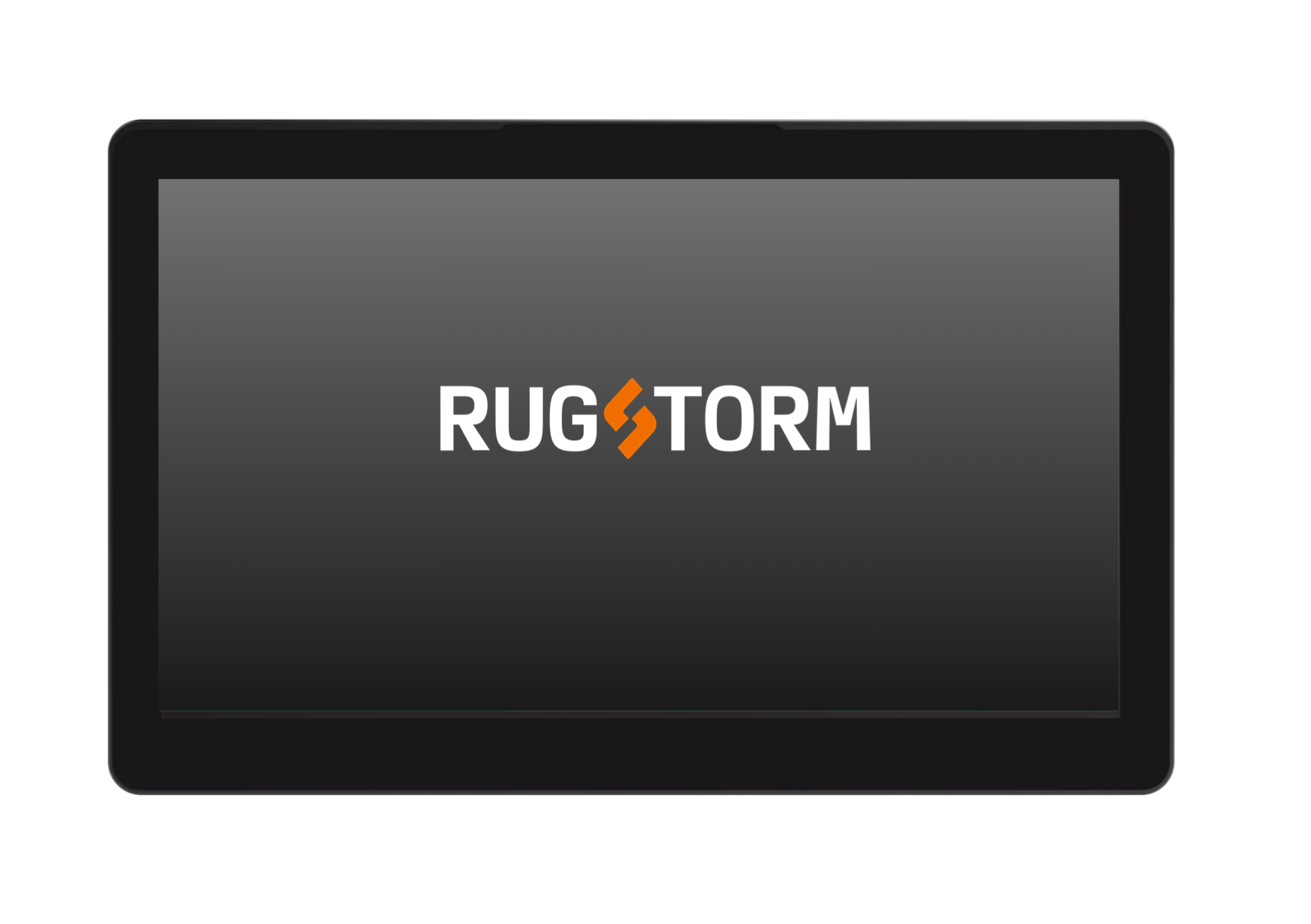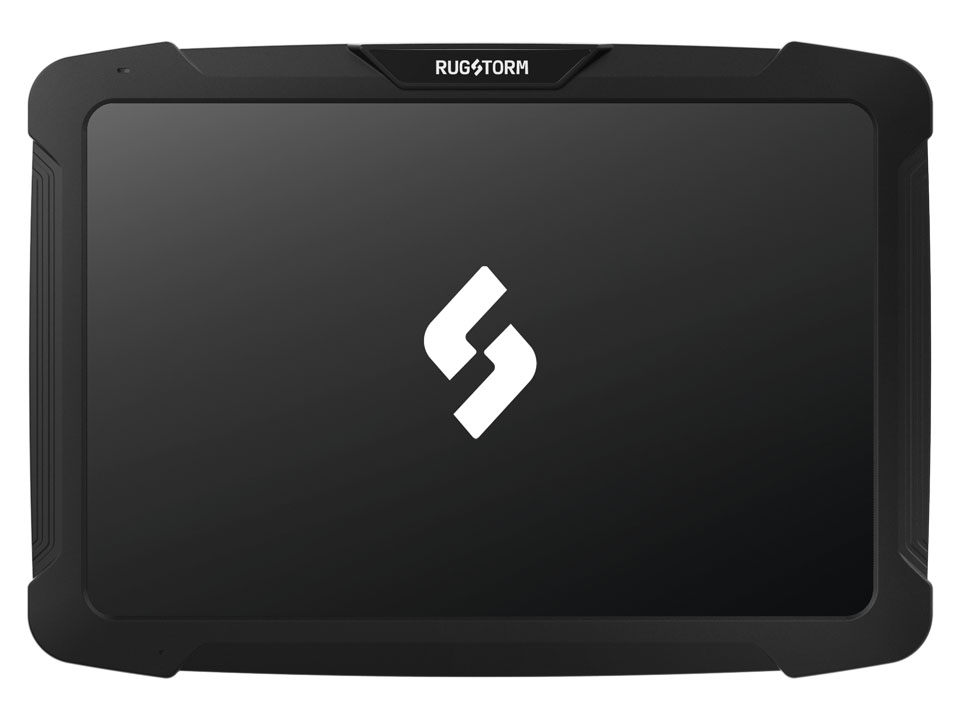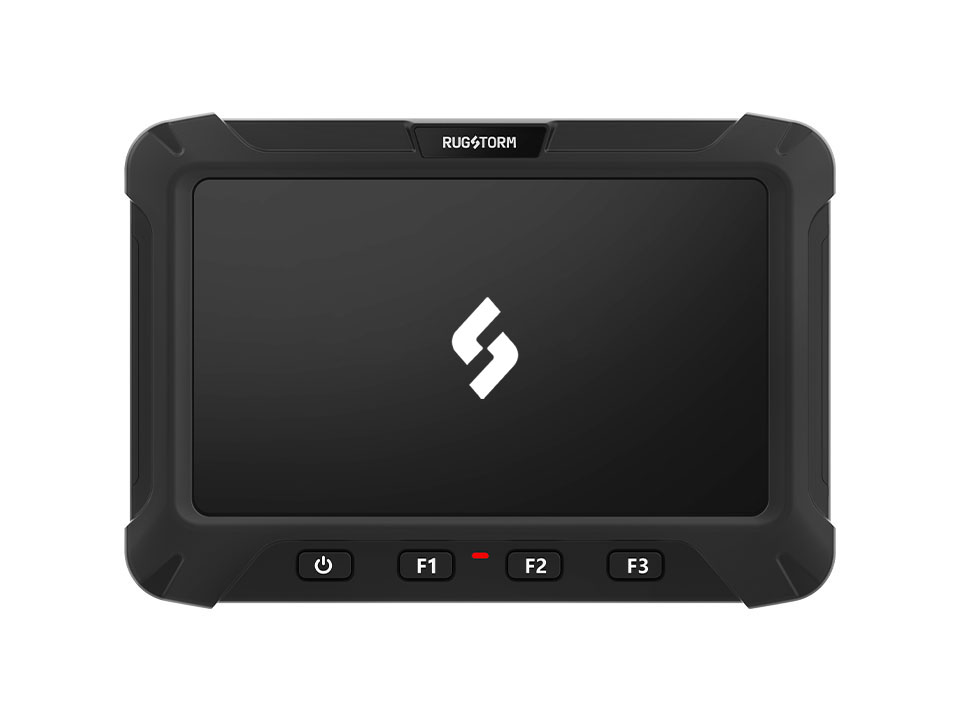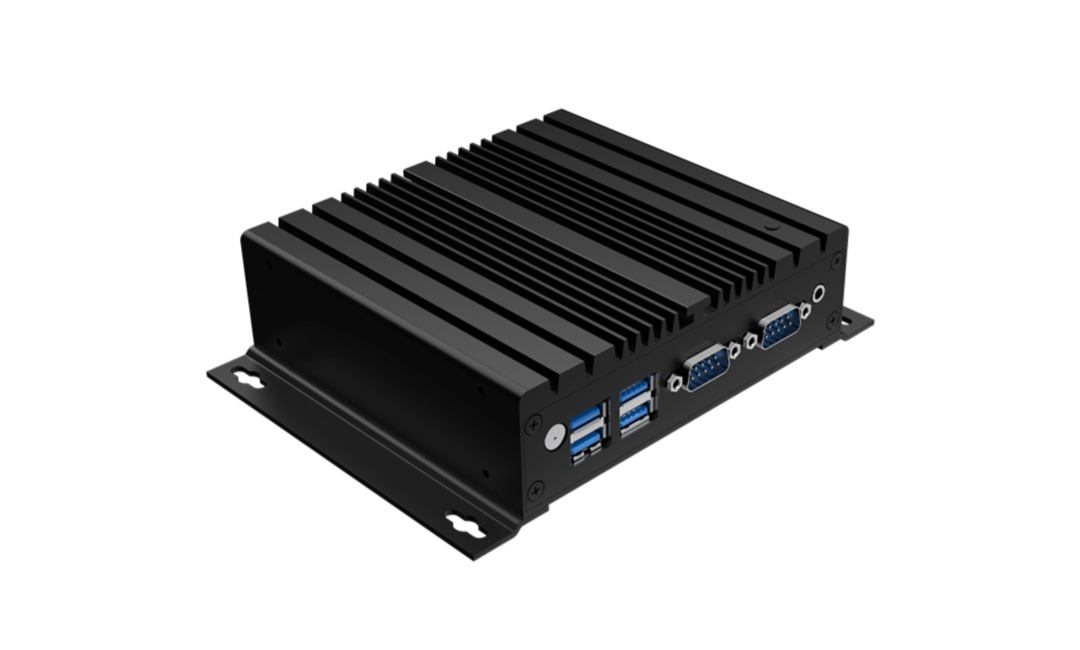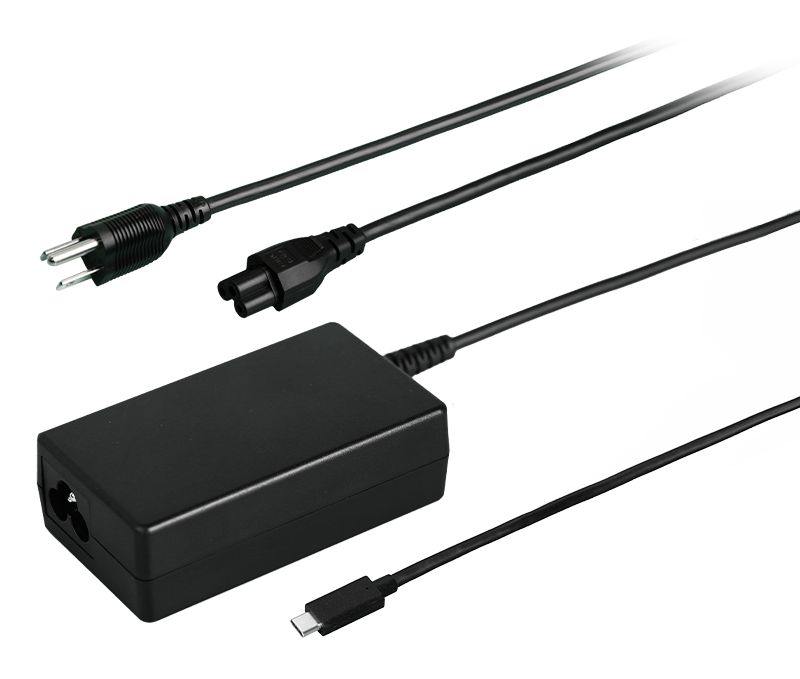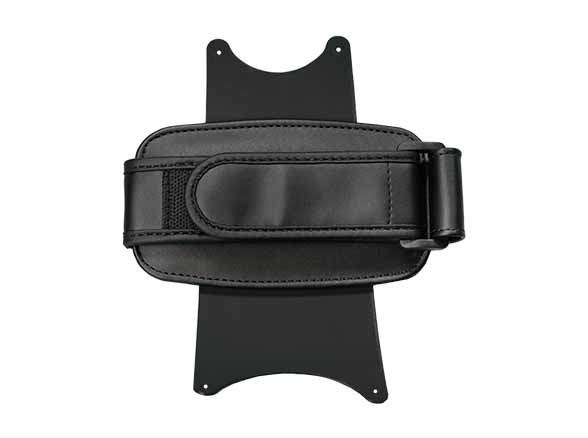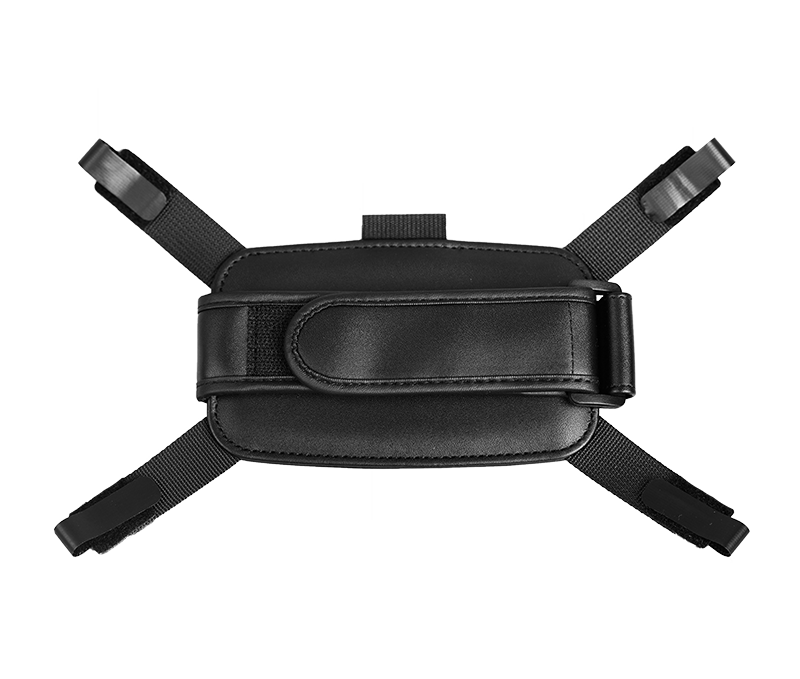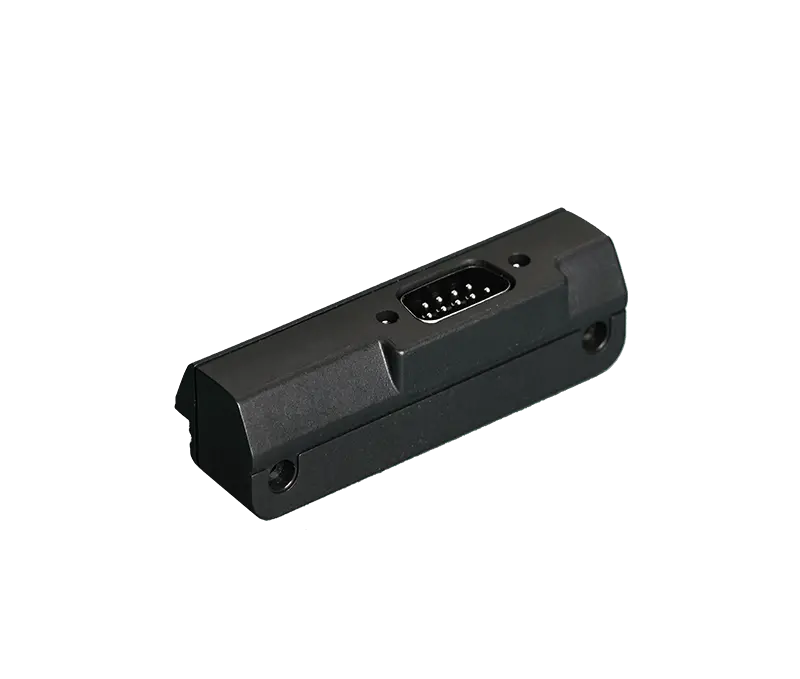What is an Industrial Panel PC?
An Industrial Panel PC is a robust computing solution designed to withstand harsh conditions while delivering high-performance operations. Whether in manufacturing, automation, or logistics, these specialized computers ensure seamless control and monitoring.
An Industrial Panel PC is a compact, all-in-one computer system integrated with a display, designed for industrial applications. Unlike commercial PCs, these devices are built to resist dust, moisture, extreme temperatures, and vibrations. They often feature:
- Fanless designs for reduced maintenance
- Touchscreen interfaces for easy operation
- Multiple I/O ports for industrial connectivity (RS-232, USB, etc.)
1. Enhanced Performance
Powered by industrial-grade processors (Intel® Core™ i-series, Celeron, or ARM-based), these PCs deliver stable performance for automation, HMI (Human-Machine Interface), and data acquisition tasks.
2. Space-Saving Design
Combining a display and computing unit into one compact device saves space in control panels and machinery setups.
3. Wide Operating Temperature Range
Unlike standard computers, Industrial Panel PCs operate reliably in extreme temperatures (-20°C to 60°C or wider ranges).
4. Customizable & Scalable
Many manufacturers offer customization options, including different screen sizes (10” to 24”), resistive/capacitive touch, and expansion slots for additional modules.

Applications of Industrial Panel PCs
- Factory Automation – Machine control, PLC monitoring
- Food & Beverage Industry – Hygienic, washdown-resistant models
- Oil & Gas – Explosion-proof variants for hazardous areas
- Transportation & Logistics – Fleet management, warehouse control
- Medical & Pharmaceutical – Compliance with strict cleanliness standards
How to Choose the Right Industrial Panel PC?
When selecting an Industrial Panel PC, consider:
✔ Environmental Conditions (IP rating, temperature range)
✔ Processing Power (CPU, RAM, storage)
✔ Display Requirements (size, resolution, sunlight readability)
✔ Connectivity Options (serial ports, GPIO, wireless modules)
✔ Certifications (CE, UL, ATEX for hazardous areas)


